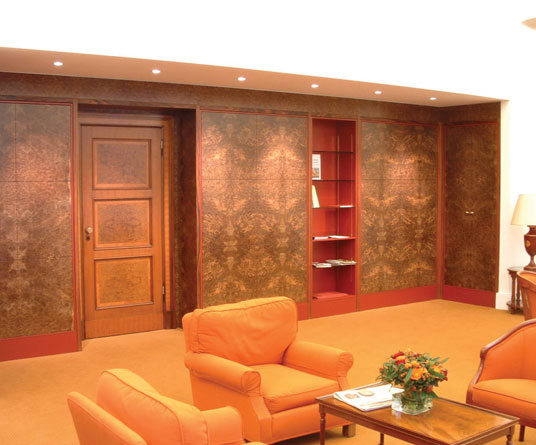The UK fire door market differs from that of many of our European cousins due to two major considerations. The first is that a fire door in the UK has to be primarily a divider between two spaces. It may also perform multiple functions, such as x-ray resistant, light resistant and/or acoustic. To these must be added its fire resistance role.
The second main difference is that in the UK we have a wide range of building styles, and many beautiful and historic buildings which is changing use. Design freedoms allow architects to seek to upgrade the fire performance of the buildings by replacing certain doors with new, purpose made fire doorsets of identical size, configuration and style. The members of the Architectural and Specialist Door Manufacturers Association (ASDMA) serve this sector of the construction industry in particular, by making a wide range of bespoke doorsets, tailored to suit buildings of any style. All ASDMA members’ products are covered by independent third party certification, to ensure that they are manufactured in the same way as the tested prototypes on which their product ranges are based. Our members work hard to ensure that the door that leaves their factory is fit for its potential fire role. But what happens when it arrives at site?
Too often, installation is undertaken by unskilled operatives, with little incentive to do the job right, and under time pressures to meet the building deadline. Without some method of ensuring that the doorset has been accurately fitted, the client cannot be certain that the door will perform its fire resistance role. By requiring all installations to be undertaken by staff trained and monitored under a third party fire door installer scheme, such as those run by BM-TRADA and FIRAS, there will be no element of doubt. Simple!


